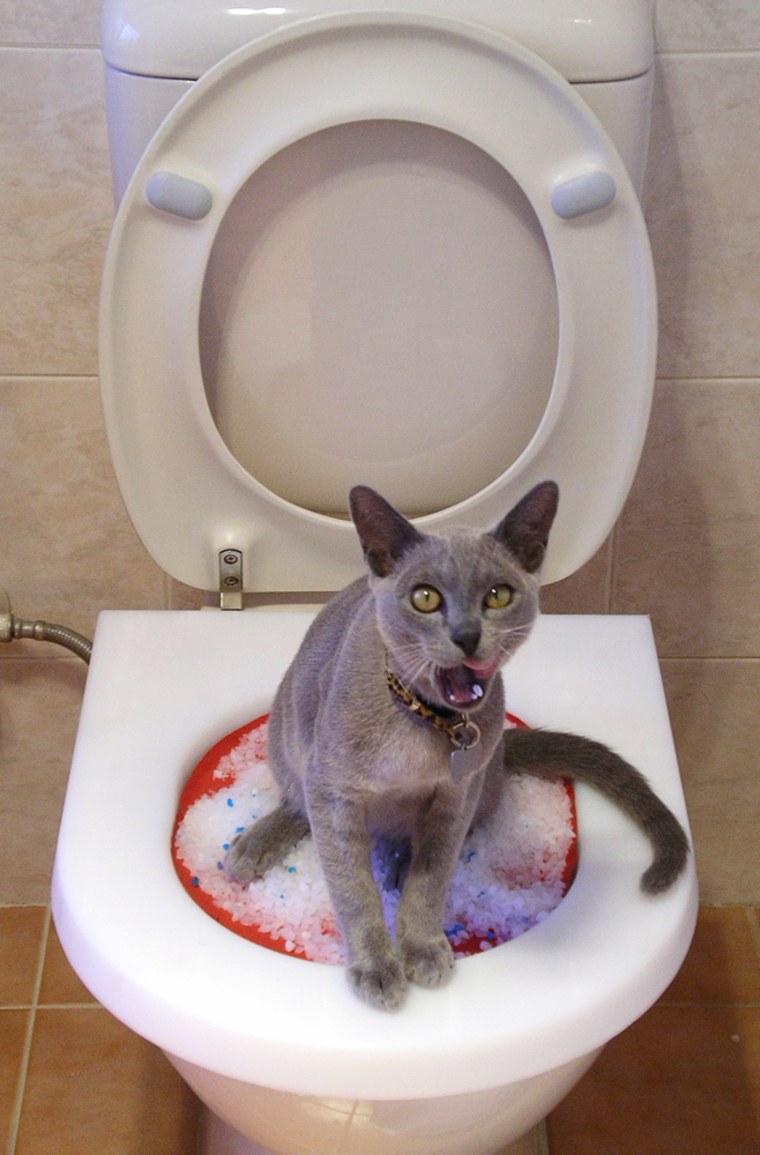Learning the Risks of Flushing Animal Waste Down the Toilet
Learning the Risks of Flushing Animal Waste Down the Toilet
Blog Article
Everyone has got their personal opinion in relation to Don't Flush Your Pets Poo Down The Loo, Vet Warns.

When it comes to dealing with waste, specifically animal waste, many individuals typically resort to the convenient alternative of flushing it down the bathroom. Nevertheless, this apparently simple service can have significant effects for the setting and public health. In this article, we'll discover why flushing animal waste down the commode is a poor idea and provide alternative methods for appropriate disposal.
Introduction
Correct waste disposal is important for keeping environmental sustainability and public health. While it may appear harmless to purge animal waste down the toilet, it can lead to various concerns, both for the environment and human well-being.
Dangers of flushing animal waste
Ecological impact
Purging animal waste presents unsafe germs and pathogens right into waterways, which can negatively affect water environments. These microorganisms can infect water sources and harm marine life, interfering with fragile environments.
Public health worries
Animal waste has harmful germs such as E. coli and Salmonella, which can present major health threats to human beings. Purging animal waste down the toilet can pollute water products, resulting in the spread of illness and infections.
Alternatives to flushing
As opposed to flushing pet waste down the commode, there are several alternative disposal methods that are much more environmentally friendly and hygienic.
Composting
Composting animal waste is an environment-friendly way to throw away it. By composting, raw material is broken down right into nutrient-rich dirt, which can be used to feed gardens and plants.
Landfill disposal
Disposing of pet waste in a garbage dump is another option. While not as environmentally friendly as composting, it is a safer option to flushing, as it prevents the contamination of water sources.
Pet dog waste disposal systems
There are customized pet dog garbage disposal systems available that safely and hygienically get rid of pet waste. These systems typically utilize enzymes to break down waste and get rid of odors.
Steps to correct animal garbage disposal
To ensure correct disposal of pet waste, comply with these steps:
Scooping and getting waste
Regularly scoop and bag pet waste utilizing naturally degradable bags. This protects against waste from infecting the environment.
Utilizing designated waste containers
Dispose of bagged pet waste in assigned waste containers, such as garden compost bins or garbage dump bins. Stay clear of flushing it down the commode in any way costs.
Cleaning up can and animal areas consistently
Regularly tidy litter boxes and family pet locations to prevent the accumulation of waste and microorganisms. Use pet-safe cleaning items to preserve hygiene.
Benefits of proper disposal techniques
Taking on proper disposal techniques for animal waste supplies several benefits:
Minimized environmental pollution
Proper disposal techniques decrease the risk of environmental pollution, securing rivers and ecological website communities from contamination
Minimized danger of water contamination.
By preventing flushing animal waste down the toilet, the danger of water contamination is considerably minimized, safeguarding public health.
Enhanced hygiene and hygiene
Proper disposal approaches advertise better hygiene and health, creating a more secure atmosphere for both humans and pets.
Conclusion
Finally, purging animal waste down the commode is hazardous to the atmosphere and public health. By embracing alternate disposal techniques and adhering to correct waste monitoring methods, we can lessen the negative influence of animal waste and add to a cleaner, much healthier earth.
Why You Should Never Flush Animal Waste Down the Toilet
As a pet and property owner, cleaning up after your furry friends is important to ensure your property is clean and disinfected. However, when disposing of animal waste, many opt to flush it down the toilet. After all, it seems like the most convenient option, right? Unfortunately, this common practice can actually have harmful effects on your plumbing system and the environment.
What Comprises Animal Waste?
Animal waste refers to bodily excretions such as feces and urine from pets such as cats, dogs, and rabbits. These excretions contain bacteria, pathogens, viruses, and parasites that can harm humans and the environment. Some types of animal waste, such as feces from dogs and cats fed on processed foods, may contain harmful bacteria like E.coli, salmonella, and campylobacter. Flushing this type of waste down the toilet could pollute waterways and destroy the ecosystem.
Environmental and Physical Dangers of Flushing Pet Waste
In the environment, flushing waste can contaminate waterways, killing aquatic life and harming the ecosystem. The waste that might be considered flushing down the toilet could also adversely impact your plumbing and sewage systems in the following ways.
End Up in Sewage Treatment Plants
Flushing pet waste down the toilet can have a detrimental impact on sewage treatment plants and the overall water quality. Pet waste contains harmful bacteria and pathogens that, if not properly treated, can contaminate water sources and pose a risk to aquatic life and human health. Sewage treatment plants are designed to handle human waste and other biodegradable materials, but they are not equipped to effectively treat the bacteria and pathogens present in pet waste.
Clog Pipes
Density: Animal waste is often dense and easily gets stuck in pipes. Unlike human waste, which is designed to be flushed away smoothly, pet waste contains elements like grass, dirt, raw hide, hair, and other materials that can create blockages in the plumbing system. Potential damage: Flushing pet waste, even in small amounts over time, can lead to costly repairs. It can cause cracked pipes and other plumbing issues, resulting in the need for professional intervention. Public and private waste management systems: Flushed pet waste can also cause problems in public and private waste management systems. It can overload septic tanks and other sewage treatment systems, leading to backups. Leading to Untreated Sewage Overflows
Flushing excessive amounts of pet waste can overwhelm the sewer system's capacity to handle the additional waste load. This can cause backups and overflows, leading to untreated sewage entering waterways.
Additionally, pet waste, particularly when combined with other non-biodegradable items like wipes or litter, can create sewer pipe blockages. These blockages prevent the proper flow of wastewater and can cause sewage to back up and overflow.
Flushing Pet Waste Could Affect Human Health
In addition to environmental hazards, flushing pet waste down the toilet could be detrimental to human health. The bacteria found in animal excrement exposed to sewage might cause infectious diseases. For that reason, people whose immune systems have been weakened by particular diseases, medical treatments, or age can be in danger of disease from even the smallest bacterial exposure in contaminated water.
Alternative Ways to Responsibly Disposing of Pet Waste
The most secure and sustainable way of disposing of pet waste is by composting it. Cat litter can be useful fertilizer for your garden if you compost it safely and appropriately. However, it is essential to do this correctly to prevent exposure to the dangerous parasites that the waste might have. It is best to research before composting your pet waste, as certain toxins can persist even after the composting process is finished.
Another safe way to dispose of pet waste is by bagging and throwing it in the trash bin. Here, it is crucial to choose the appropriate bag for disposal, such as biodegradable bags that quickly decompose, reducing the carbon footprint of landfills.

I was made aware of that editorial on Can You Flush Dog and Cat Poo Down the Toilet? through a buddy on another website. For those who enjoyed reading our article if you please don't forget to pass it around. Thanks for your time invested reading it.
Instant Quote Report this page